I'm working in .NET, C# to be specific, creating a Win Forms UserControl, which contains a WebBrowser control. The WebBrowser control hosts a page, which in turn uses a third-party javascript component. The problem I'm having is with invoking a javascript function to initialize the third-party javascript component and block the UI in the Windows Forms application until the component has been initialized, which the component notifies you of through an internal javascript event that it has.
Part of the problem is that the only way to change any configuration parameter of the third-party javascript component is to re-initialize it with the new configuration. So for example, if you want to make it read-only you have to re-initialize it with the read-only parameter.
I've got everything working in terms of being able to call the Document.InvokeScript and then in the web page call the UserControl method using window.external but the problem I'm having is how to block the UserControl code that makes the call to initialize the javascript component so that it waits and doesn't return control to the user until the initialization of the javascript component has been completed.
The reason I need it to work this way is because if I have a "Read-Only" checkbox on the form that changes the the ReadOnly property of the UserControl to control whether the javascript component shows the data as read-only and the user clicks that checkbox really quickly you will either get a javascript error or the checkbox will get out of sync with the actual read-only state of the javascript component. This seems to happen because the control hasn't re-initialized yet after it's configuration has changed and you're already trying to change it again.
I've spent hours and hours trying work out a way to make it work using everything from AutoResetEvent to Application.DoEvents and so on, but don't seem to be able to get it working.
The closest I've found is Invoke a script in WebBrowser, and wait for it to finish running (synchronized) but that uses features introduced in VS2012 (and I'm using VS2010) and I don't think it would work anyway as it's a bit different in that you're not waiting for a javascript event to fire.
Any help would be greatly appreciated.
